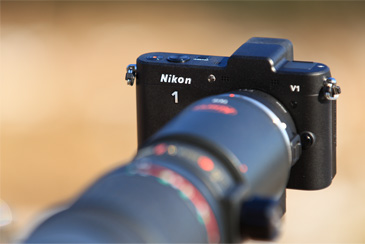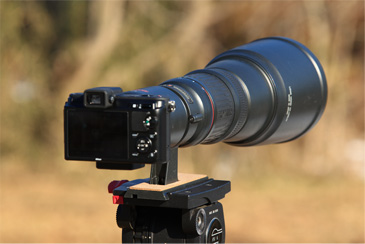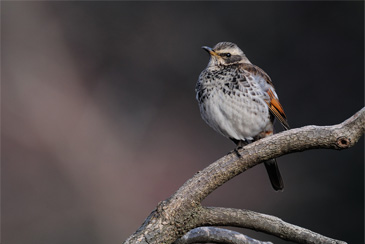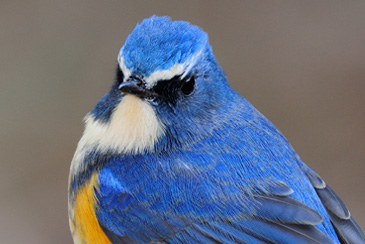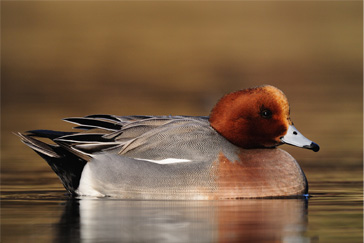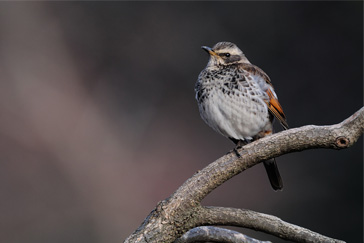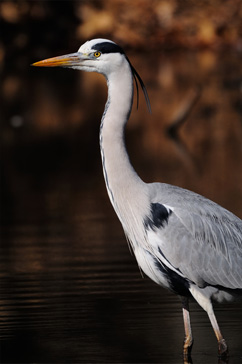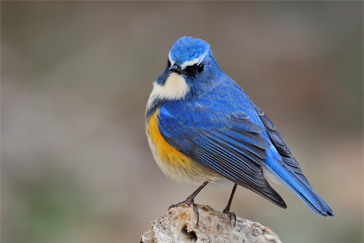Mirrorless interchangeable-lens cameras are popular because they are lightweight, compact and can capture high resolution images. Last year, Nikon introduced its first mirrorless camera, the Nikon 1 which has attracted attention as an excellent camera for bird and nature photography. This camera uses Nikon lenses that are mounted via the FT1 adapter. The maximum telephoto effect is approximately 2.7 times the focal length of the main lens. Of course, Kowa's PROMINAR 500mm F5.6 FL lens (known below as the PROMINAR 500mm) can also be used in the same way. This lens delivers telephotography equivalent to 1350mm/f5.6 using the TX10 mount, 945mm/f4 using the TX07 mount, and 2295mm/f9.6 using the TX17 mount. Large lens images are delivered through an extremely lightweight and compact camera and lens system which weighs only 2.5 kg. Therefore, the system can easily be used in the field.
Koji Nakano's Telephoto Lens/Scope PROMINAR Report
- Vol.07
- First impressions of using the PROMINAR 500mm lens with the Nikon 1 camera
- PROMINAR 500mm F5.6 FL / TX10
The example photographs on this website were taken using the PROMINAR 500mm F5.6 FL.
